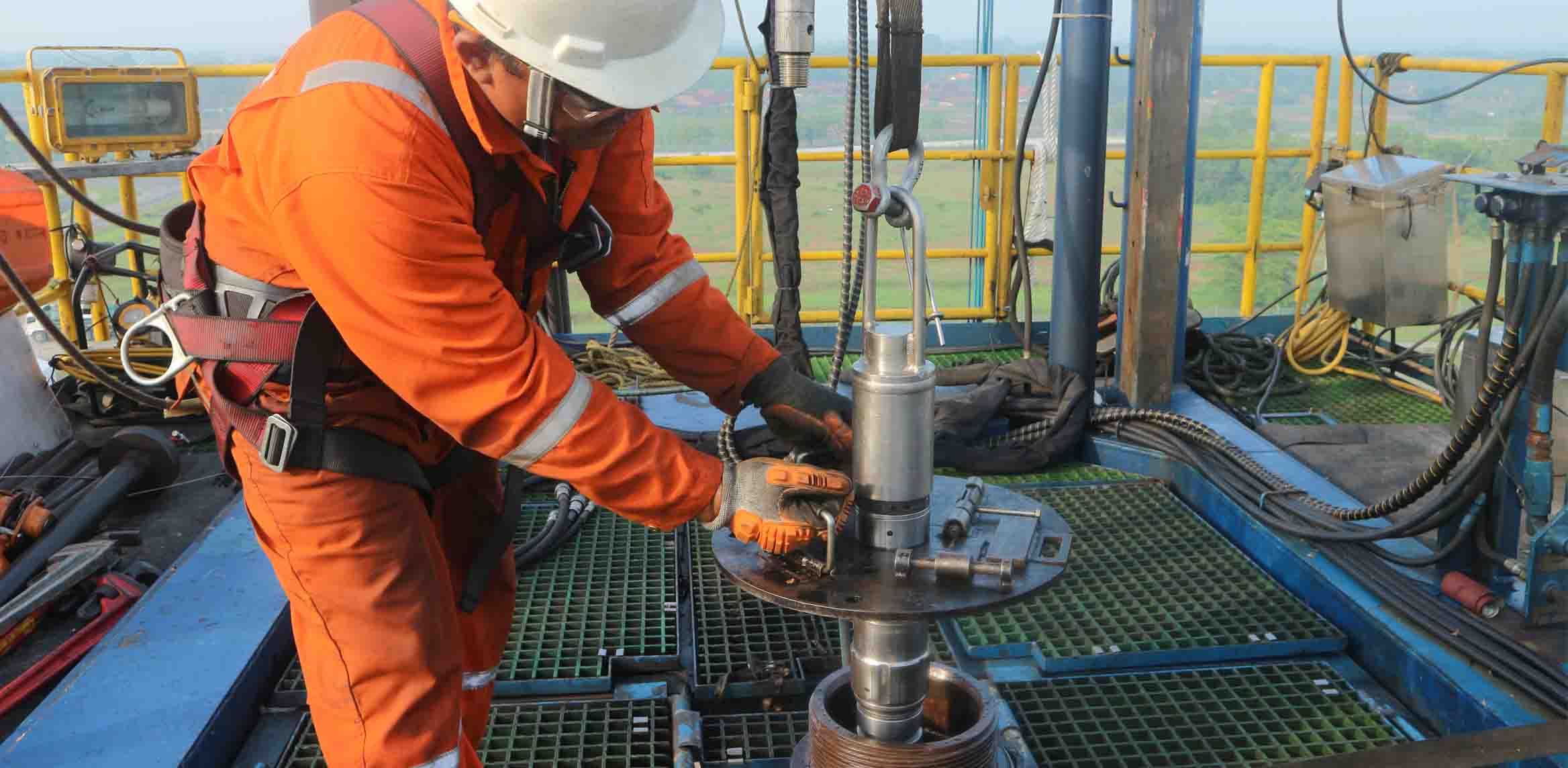For oil and gas well casing leak repair, perforation shutoff, tubing repair, and other remedial operations.
Expandable steel patches address gas coning, restore oil production in highly corrosive wells
An operator deployed 27 expandable steel patches in seven wells with hostile downhole conditions, to seal off perforations where gas had broken through. Gas production from the wells decreased by 83% while oil output increased, with five previously shut-in wells brought back online.
After six years of production, a major IOC operating in Southeast Asia observed an increase in the gas/oil ratio (GOR), complicating surface treatment operations and severely affecting the field’s oil output. Accounting for approximately 30% of national oil production, the field is a crucial asset. Investigations showed that the top perforation interval was responsible for the unwanted gas, which was the result of coning.
Chemical and cement solutions were not feasible because of the high risk of damaging the pay zone. Any potential solution for shutting off the perforations had to tackle
- a highly corrosive H2S environment
- bottomhole temperatures up to 285 degF [140 degC]
- long perforation intervals
- up to 40° well inclination, an average depth of 5,000 ft [1,500 m], and the tight geometry of 4½-in liners.
Moreover, interventions in live wells with gas and average wellhead pressures of 1,400 psi [100 bar] required using ACTive™ real-time downhole coiled tubing services and a tower lubricator, increasing complexity. SLB remedial patches, which use field-proven Saltel Xpandable™ expandable steel technology, were the only solution capable of addressing all these challenges.
Leveraging their extensive knowledge and experience, SLB engineering teams expanded the operating envelope of the patch setting tools, enabling them to pass through the small IDs of sections with overlapping patches while withstanding high levels of heat. With excellent communication between all stakeholders and the ability to adapt quickly to unexpected borehole conditions, all the patches were installed according to plan, including successful patch-through-patch deployment.
After a 5-month campaign involving 7 challenging wells, 27 casing patches, and >800 pressure cycles, production logging confirmed that all the target intervals were successfully shut off. Five of the wells had been previously shut in and were now placed back on production, and the overall reduction in gas from the seven wells was 83%. Highly satisfied with the results, the operator ordered new patches for the next campaign.

